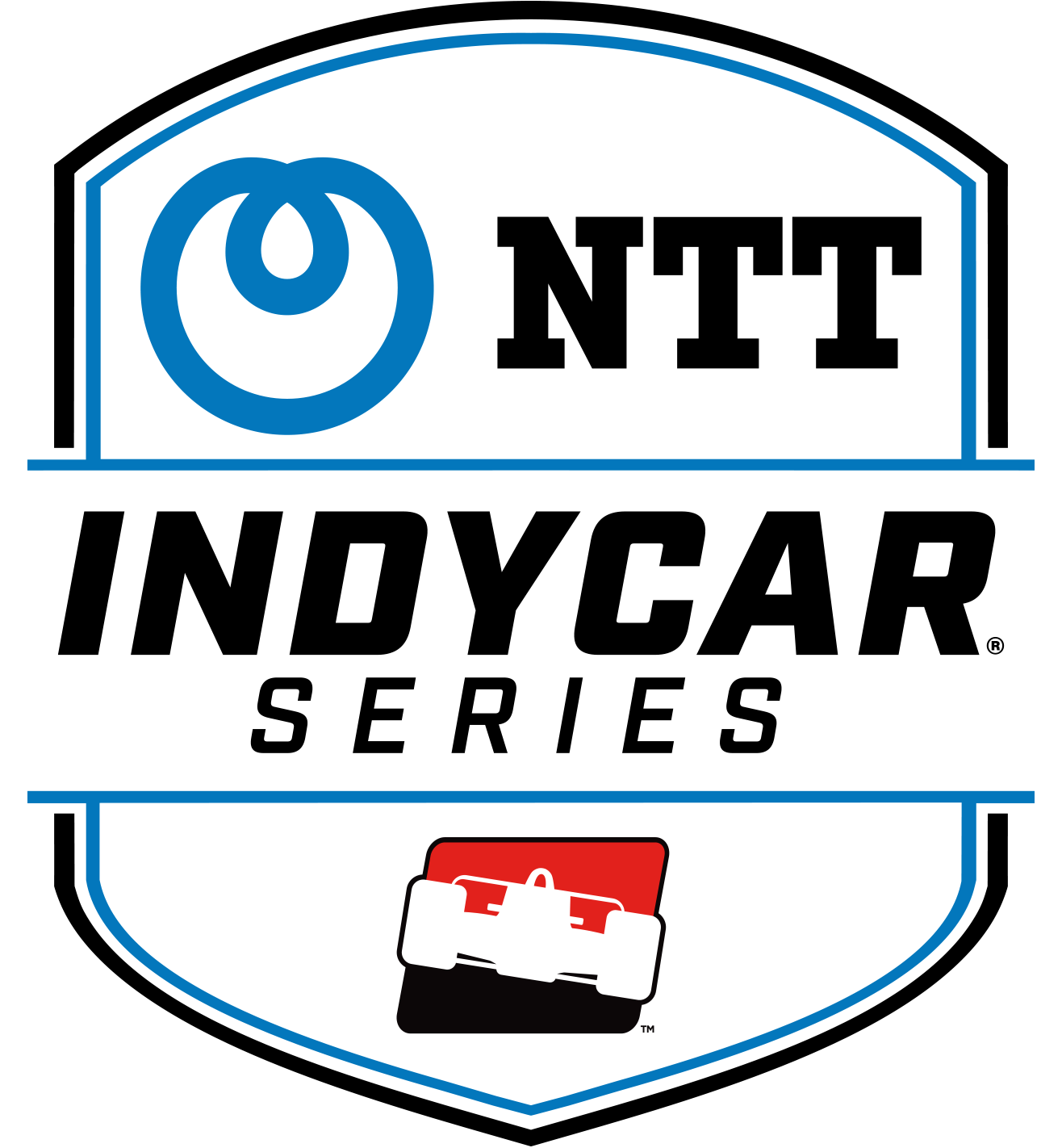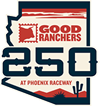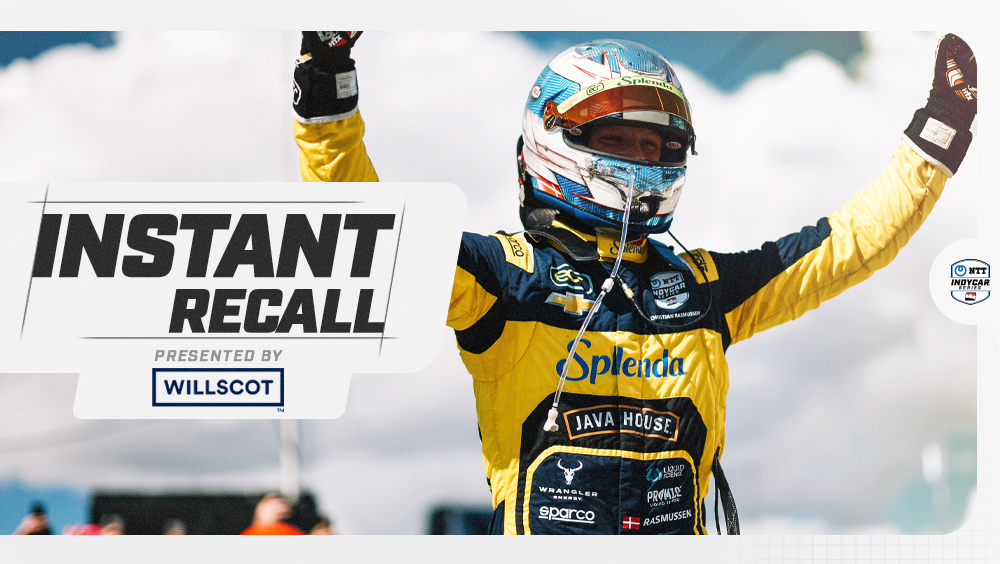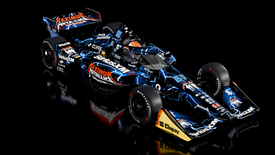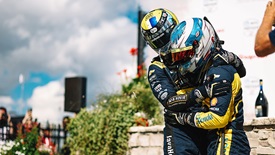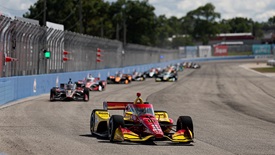Instant Recall: Snap-on Milwaukee Mile 250
AUG 25, 2025
How front-running NTT INDYCAR SERIES teams valued new Firestone tires late in Sunday’s Snap-on Milwaukee Mile 250 made for an interesting case study, a fabulous finish and a first-time race winner.
Let’s review the ramifications of the strategies used as light rain forced a brief caution on Lap 209 at the Milwaukee Mile:
There were 17 cars on the lead lap, and all but one of them had made what they expected would be their final pit stop for fuel and new tires between Laps 190 and 197. Marcus Armstrong, who pitted on Lap 185, was the outlier, and he needed another stop to complete the 250-lap journey at a reasonable pace.

Quick decisions had to be made during that brief caution, but Christian Rasmussen said Ed Carpenter Racing had decided before the race it would opt for new tires if such a situation arose. It should be noted that Ed Carpenter’s team made a similar call years ago.
In the 2014 race at Iowa Speedway, a late caution set up a 10-lap shootout on the short oval. When the pits opened under yellow, Andretti Autosport’s Ryan Hunter-Reay and Carpenter’s teammate, Josef Newgarden, jumped at the chance to pit for new tires, putting them in the ninth and 11th positions on the restart. By waiting four laps to pit, Carpenter restarted 14th.
What happened at the drop of the green flag was reminiscent of Sunday’s occurrence.
Hunter-Reay, Newgarden and Carpenter stormed through the field with what amounted to a 51-lap tire advantage on the two leaders, Chip Ganassi Racing drivers Tony Kanaan and Scott Dixon. Hunter-Reay led only the final two laps for the victory, while Newgarden and Carpenter advanced to second and fifth, respectively, at the checkered flag.
Coincidentally, it was another Ganassi driver at the helm when this situation developed Sunday in Milwaukee. Alex Palou had dominated the race, leading 199 of the first 221 laps. When the final caution came, he and the team held their position given that the tires had only 12 green-flag laps on them. As is often the case in these situations, a leader is at risk with both decisions. If he pits and few others follow him to pit road, he restarts deep in the field with time running out. If he stays on the track, as Palou and two others did, well, this is what can happen.
Team Penske decided to have Scott McLaughlin and Newgarden follow Palou’s lead and not pit. The decisions were curious given that neither driver had showed signs of challenging Palou’s position, and they became vulnerable when the other 14 lead-lap drivers pitted for new tires.
With so many mid-pack cars on new tires, the 29-lap dash to the finish line was a mad scramble that had the large crowd standing as it held its collective breath.
As Palou said after the race, the decision to pit or not was a “50/50” call, and the results bore that out. Yes, Rasmussen used new tires to charge from seventh to the lead in just 14 laps, turning his fastest lap of the race as he chased down Palou, but few other drivers benefited much from pitting.
ECR’s Alexander Rossi jumped Arrow McLaren’s Pato O’Ward for fourth place, and AJ Foyt Racing’s David Malukas, who earlier fell a lap down due to an air gun failure on pit road, passed Dixon for eighth place. Four other drivers behind them gained one position each. Newgarden, who fell from third to seventh, was the only driver to lose more than two positions.
The end result was Rasmussen earning the first series win of his career and Palou denied his ninth win of the season.
